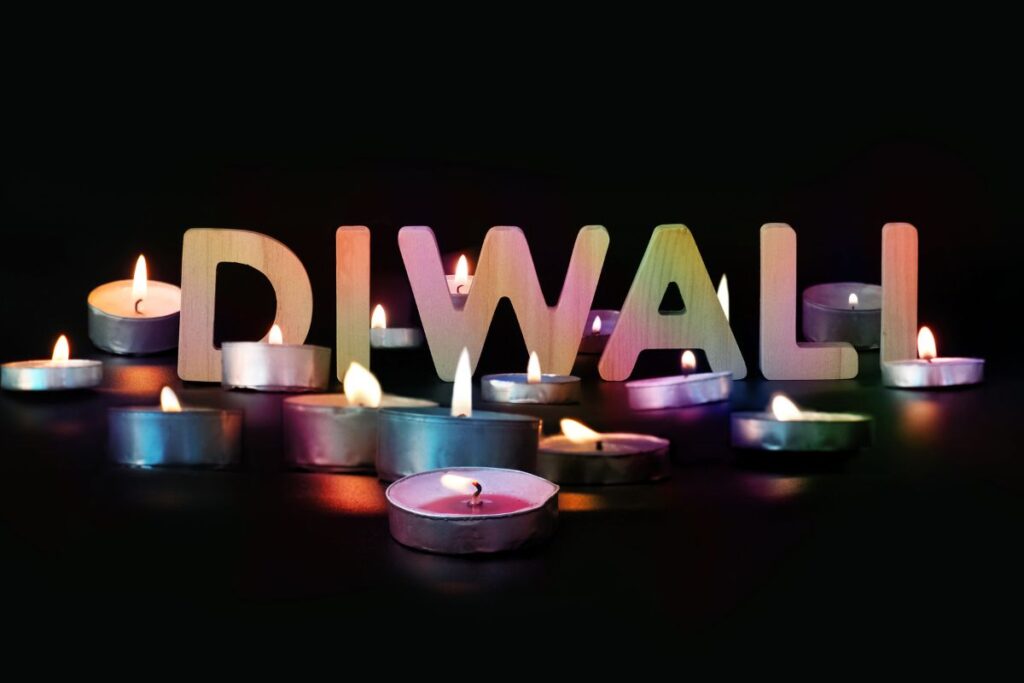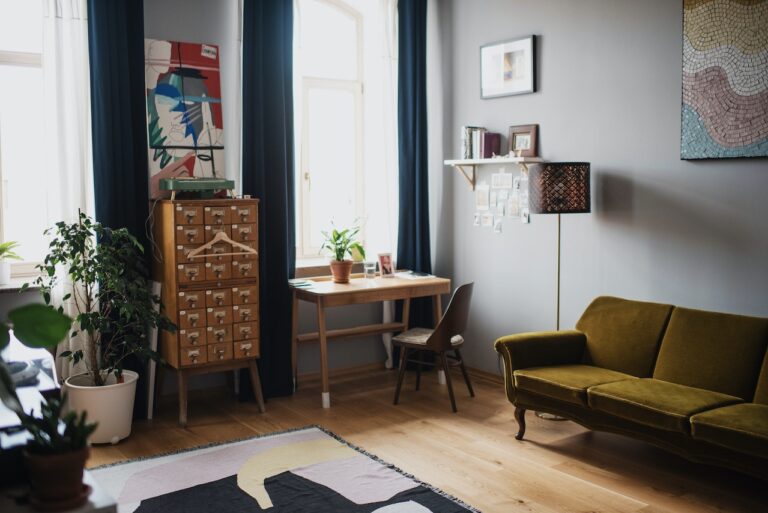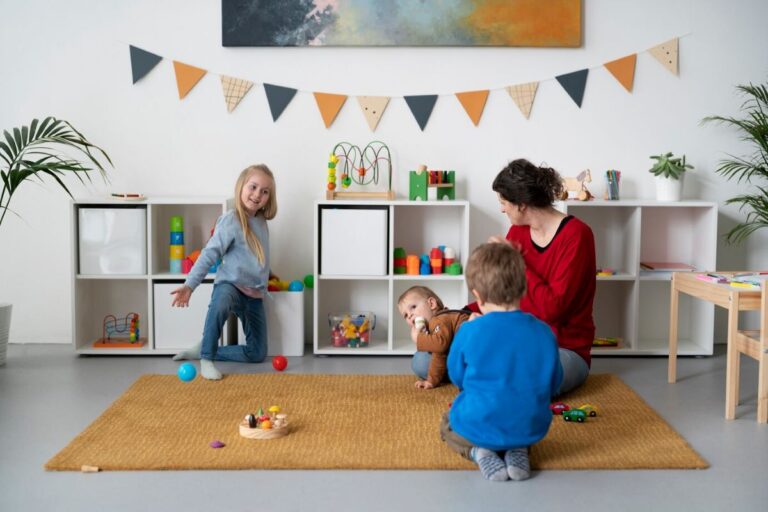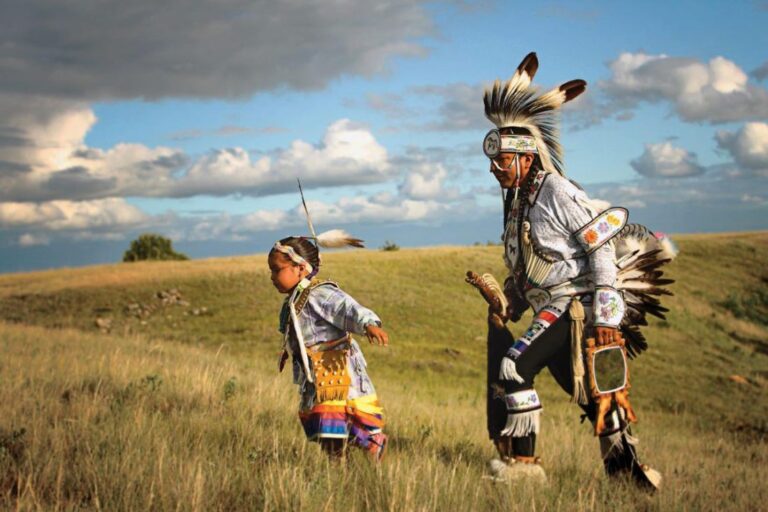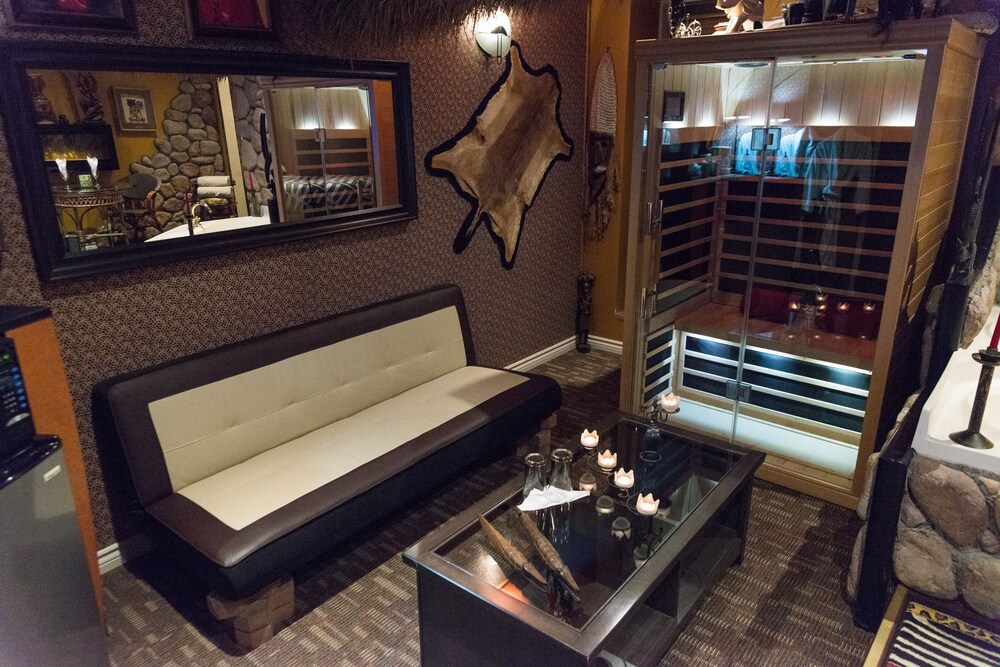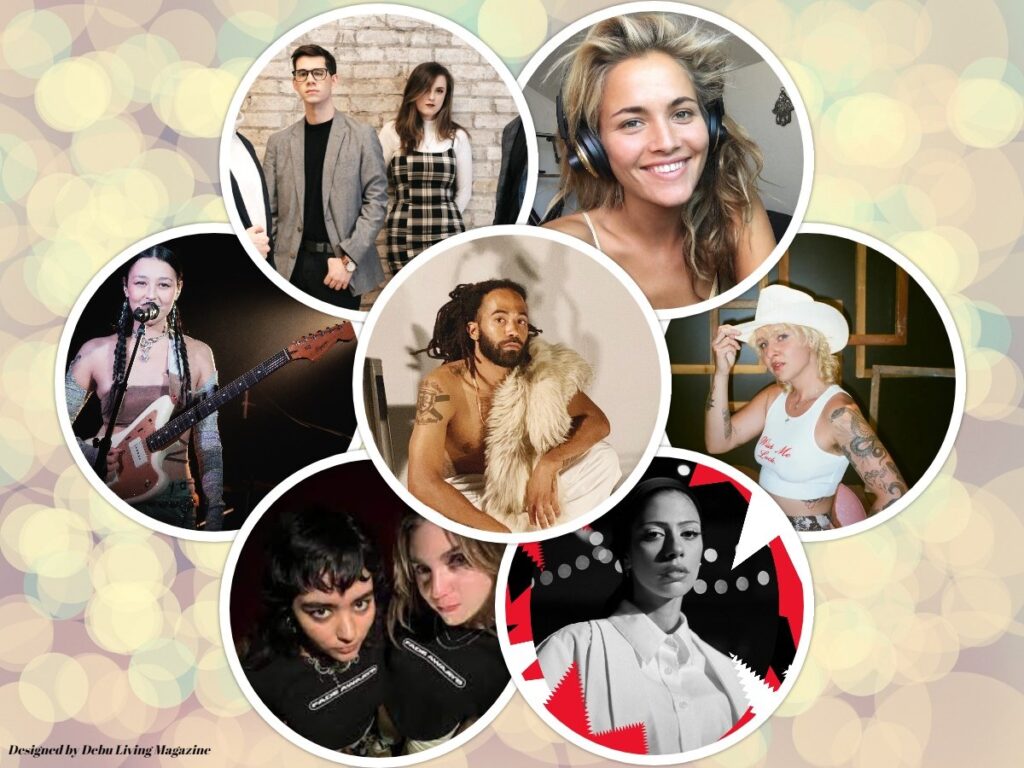You might have heard of Diwali or perhaps run into a friend, colleague, or workmate who told you that they are celebrating it. After all, more than a billion Hindus, Sikhs, Jains, and Buddhists worldwide celebrate Diwali, also known as the Festival of Lights.
Nevertheless, behind all the hype and paraphernalia, have you ever wondered what the real story behind Diwali is? If, like many others, you wanted to learn more, here are some Diwali customs and traditions you should know about.
What is Diwali?
The term Diwali comes from the Sanskrit word, which means “row of lights.” There are many myths and legends associated with the origins of Diwali; nevertheless, they all share the theme of liberation and justice, along with the triumph of light over darkness.
Based on the Hindu Ramayana legends, the story of Diwali revolves around the return of Lord Rama and his family to his homeland after years in exile. It is believed that Rama defeated the demon King, and hence the villagers use local lights and lanterns to light his path.
How is Diwali Celebrated?
A large Indian diaspora exists around the world, and in many countries, such as Pakistan, Trinidad and Tobago, Fiji, and Singapore, it is a day off for some. The festival lasts for five days, and typically, people celebrate by doing mass preparations. This includes cleaning their houses, lighting lanterns, shopping, preparing Diwali sweets, and exchanging gifts.
In preparation for Diwali, many Indians ensure that their homes are pristine, as they believe that the Goddess Lakshmi only enters a clean home. That’s why a rigorous cleaning effort takes place; this involves much more than sweeping floors and tidying up. Depending on the budget, some go to extremes by redecorating and even painting their homes.
Then comes the important part, lighting the home with little clay lamps and other festive lights. It is not uncommon to see homes elaborately lit. Temples and other public institutions often host spectacular fireworks displays.
Before Diwali begins, families go shopping, and many women and men dress in their finest attire, especially on the first day of the celebrations. The men usually dress in dhotis and kurtas, traditional Indian outfits; nevertheless, it is the women who steal the show. After all, this is the time to showcase their new wardrobe collection and jewelry. It is believed to be auspicious to buy gold and silver jewelry on the first day of Diwali.
The festival offers people the perfect opportunity to indulge in a variety of foods, including sweet treats. The five-day celebration features a plethora of food and sweets prepared by family and friends. Traditional Indian favorites include sweets like chakli, Peda, barfi, and ladoo, are all prepared with pieces of dried fruits.
Another welcome tradition also marks Diwali, and that is song, dance, and gift-giving. Children are particularly excited to receive their gifts, and it is a tradition for families to exchange gifts and join in the banter as extended families visit each other during this season. Homes are also decorated with rangoli, which are colorful artworks made with rice powder.
In some parts of India, people mark Diwali with firecrackers as older gentlemen gather to play gambling card games such as blackjack and poker. Gambling is considered auspicious during Diwali, stemming from the legend in which the god Shiva and his consort played a dice game.
David Messiha | Staff Writer
